After the end of the World War on May 8, 1945, the ideological dispute about historical guilt and responsibility followed. For a long time, West Germany had a harder time than the communist East with its state anti-fascism.
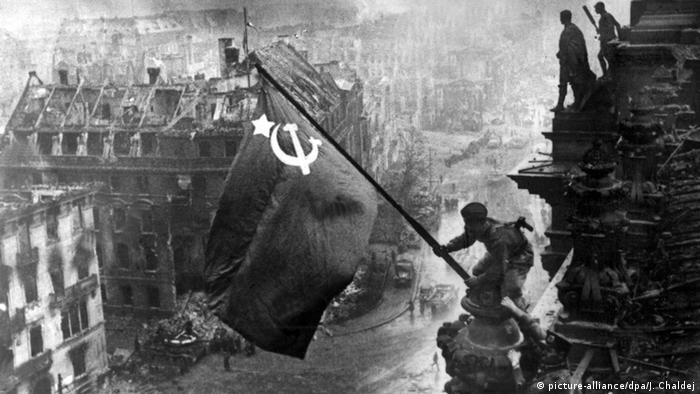
A Red Army soldier hoists the Soviet flag on the Berlin Reichstag – here is a photo reproduced for propaganda purposes
On May 8, 1945, the guns finally fell silent. World War II, started by Adolf Hitler's National Socialist German Reich in 1939, is over. The unconditional surrender of the Wehrmacht ended the millionfold bloodshed – initially only in Europe. Japan, an ally of Nazi Germany, continues to fight and only surrenders in August when the USA drop atomic bombs on Hiroshima and Nagasaki.
For the international anti-Hitler coalition – led by the Soviet Union, the United States of America, Great Britain and France – despite all the suffering, May 8th is of course also a reason to celebrate. The mood in war-torn Germany, which was divided into four occupation zones by the victorious powers, is quite different. Total military defeat is accompanied by feelings of guilt and shame. The German Reich triggered the World War by attacking Poland and was guilty of unprecedented crimes against humanity, above all the systematic extermination of six million Jews.
In the years after the war, most Germans were horrified by the fact that May 8th was the day of liberation. Just like the people in the countries of Europe that had been occupied by German soldiers for a long time after six years of war. Now the signs have reversed: Germany, the loser of the war, is occupied. And in the beginning ideological war between the communist Soviet Union and the democratic Western Allies, the division of Germany, but also of Europe, becomes apparent.
Theodor Heuss: “We knew about the things”
< p>On May 8, 1949, exactly four years after the end of the Second World War, politicians from various parties met in Bonn to pass the Basic Law for the Federal Republic of Germany that was emerging in the western zones. The Free Democrat (FDP) Theodor Heuss took this opportunity to reflect on the end of the war: “Basically, May 8, 1945 remains the most tragic and questionable paradox in history for each of us. Why is that? Because we were redeemed and destroyed in one. “
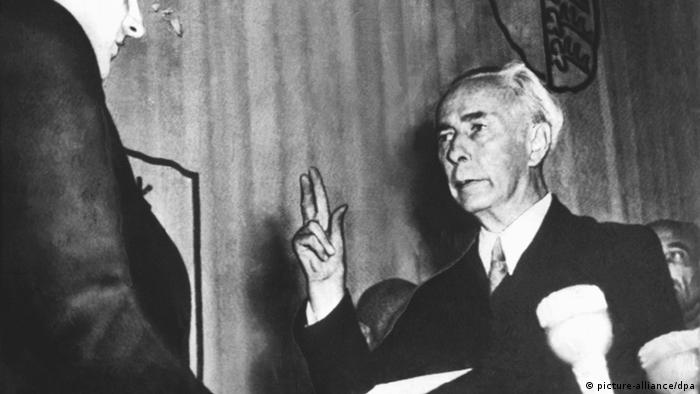
Theodor Heuss is sworn in as the first President of the Federal Republic on September 12, 1949 in the Bundestag in Bonn
In September 1949, Heuss was elected the first Federal President. Three years later he sent a signal with his visit to the former Bergen-Belsen concentration camp. “The Germans must never forget what happened to people of their ethnicity in those shameful years,” says the West German head of state in view of the Holocaust committed by Germany. And Heuss adds: “We knew about things.”
A memorial to the Red Army: “The Liberator”
While high-ranking politicians in the Federal Republic struggle for words and gestures for the crimes committed in Germany's name, the German Democratic Republic (GDR), founded on October 7, 1949, celebrates the anti-fascist state cult adopted by the Soviet occupying power. The most visible symbol is the gigantic memorial complex inaugurated on the fourth anniversary of the end of the war on a Berlin burial ground with over 5000 fallen soldiers of the Red Army.

“The Liberator”, a Red Army soldier, is the central figure of the World War II memorial in Treptower Park in Berlin
The focus is on a soldier holding a small child in his arms and stepping on a Nazi swastika with his boots. With this 30 meter high monument, those in power in the GDR shaped the visual language of their commemoration of the end of the war from day one. “The Liberator”, as the gigantic figure is known, is a synonym for the victorious Soviet Union over Nazi Germany. Their social system, which is based on violence and oppression, is imposed on all of Eastern Europe by their dictator Josef StalinUnder these conditions, the GDR stylizes itself as a bulwark against fascism and imperialism. The enemies are located west of the Elbe and the Atlantic: above all the Federal Republic and the USA. There is no adequate space for a self-critical handling of the German responsibility for the atrocities during the Nazi era. Walter Ulbricht, who promotes the forced unification of Communists (KPD) and Social Democrats (SPD) to form the Socialist Unity Party of Germany (SED) on behalf of the Soviets, becomes a defining figure.

Konrad Adenauer (2nd from left) is happy in Paris about the upcoming admission of the Federal Republic to NATO
Under his leadership, May 8, the “Day of Liberation,” developed into an annual ritual that the GDR used for state propaganda until the end of its days. The focus is always on current political developments or goals. Ulbricht uses the tenth anniversary of the end of the war to settle accounts with the Federal Republic's accession to the North Atlantic Defense Alliance (NATO). At a mass rally with 200,000 people in East Berlin, he accuses the West of opposing German reunification, while the GDR, as a “peace-loving and democratic state”, is fighting for it.
Konrad Adenauer speaks of “purification and conversion”
At the same time, Chancellor Konrad Adenauer sees the NATO membership he has pushed as a sign of confidence in the young democracy. Ten years after the end of the war in Paris, the Christian Democrat (CDU) said that the German people had paid for the atrocities committed by a blinded leadership in their name with “endless suffering”. “In these sufferings his purification and transformation took place.”
On the 20th anniversary of the end of the war, Adenauer's successor, Ludwig Erhard (CDU), was the first high-ranking politician in the West to use the word “liberation”. However, it is aimed at the lack of freedom in the communist countries. If injustice and tyranny had been eradicated from the world with the defeat of Hitler's Germany, humanity would have reason enough “to celebrate May 8th as a day of remembrance of freedom”.
Willy Brandt praises women, refugees and displaced persons
It took another five years before the political elite of the Federal Republic decisively changed their view of the end of the war. In 1970, the Moscow and Warsaw Pacts were signed under the first SPD chancellor, Willy Brandt. The reconciliation with the former wartime enemies, the Soviet Union and Poland, are milestones in the policy of detente. For this, the social democrat was honored with the Nobel Peace Prize a year later the monument to the victims of the Warsaw Ghetto, which the Nazis used primarily for deportations to the death camps. After the suppressed uprising in spring 1943, the ghetto was destroyed
In his May 8 speech, the word “liberation” is missing, but Brandt pays even more tribute to the role played by women, refugees and displaced persons in Germany's reconstruction. He particularly praises “our compatriots in the GDR”. Under greater difficulties and social conditions “that they did not choose, they would have achieved successes that they are proud of and that we must fully acknowledge”.
In 1985, Helmut Kohl spoke twice about the “Day of Liberation “
Under Willy Brandt's former Foreign Minister Walter Scheel (FDP), President of the Federal Republic since 1974, the West German tone of voice on the meaning of May 8, 1945 changed in a pioneering way: “We were freed from a terrible yoke, from war, murder, slavery and barbarism,” he says on the 30th anniversary of the end of the war. “But we don't forget that this liberation came from outside, that we, the Germans, were not able to shake off this yoke ourselves.” The head of state also recalled that Germany did not lose its honor in 1945, but rather when Hitler came to power in 1933.

30. January 1933: Reich President Paul von Hindenburg appoints Adolf Hitler (right) Chancellor
Another Federal President, Richard von Weizsäcker, came to amazingly similar insights in 1985. The speech by the Christian Democrat 40 years after the end of the war is generally considered to be the largest and most important on this subject. He is by no means the first to speak explicitly of the “Day of Liberation”. Chancellor Helmut Kohl (CDU) even does it twice in the same year. First in February in his “Report on the state of the nation in divided Germany” and on April 21 in the presence of US President Ronald Reagan on the occasion of the 40th anniversary of the liberation of the Bergen-Belsen concentration camp.
Richard von Weizsäcker: “Let's face the truth”
What is special about von Weizsäcker's speech is that he doesn't exclude anyone when he talks about May 8, 1945, the “Day of Liberation”: “It liberated us all from the inhuman system of National Socialist tyranny.” In the other part of Germany, East German ruler Erich Honecker continues to emphasize what he sees as the divide between East and West. The liberation from Hitler's fascism gave the German people the chance to build their lives on a completely new basis. “We took advantage of this opportunity.”
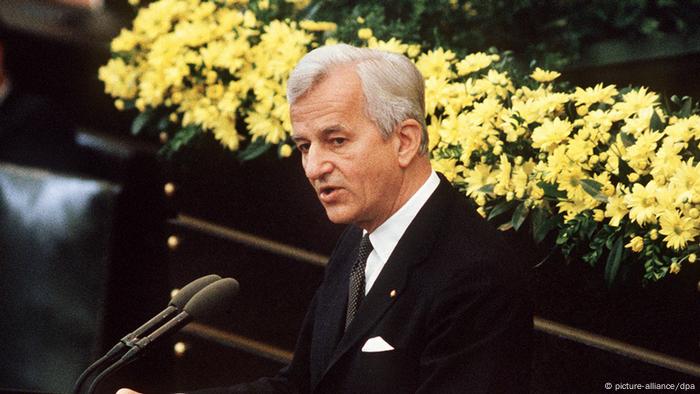
Richard von Weizsäcker 1985: “But if you close your eyes to the past, you become blind to the present”
Both German states reached a similar assessment of the end of the war only after the fall of the Berlin Wall on November 9, 1989. Lothar de Maizière (CDU), the only freely elected Prime Minister, governed the GDR for a few months. On the 45th anniversary of the end of the war in 1990, he said at the World Jewish Congress in Berlin that May 8 “threw a long shadow over the post-war history of the Germans” and also showed their “inability to mourn.” For her, it's about “living honestly and truthfully with this story, letting her warn and remind me.” De Maizière's words almost sound like Weizsäcker's in his famous 1985 speech: “Today, May 8, let's face the truth as best we can.”
This article was published for the first time published on 07.05.2020.
 In the footsteps of the liberators
In the footsteps of the liberators On the trail the liberator
On the trail the liberator In the footsteps of the liberators
In the footsteps of the liberators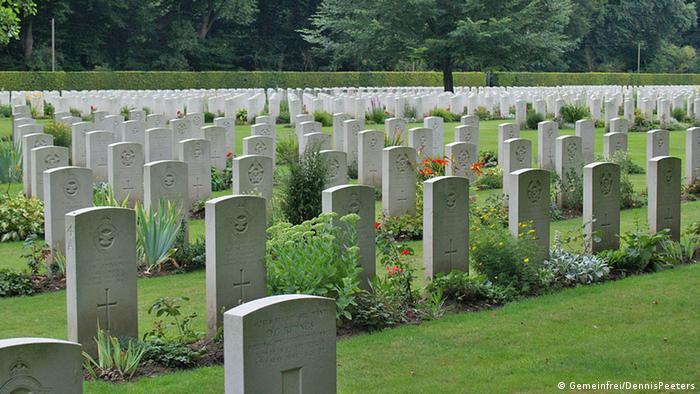 On the trail the liberator
On the trail the liberator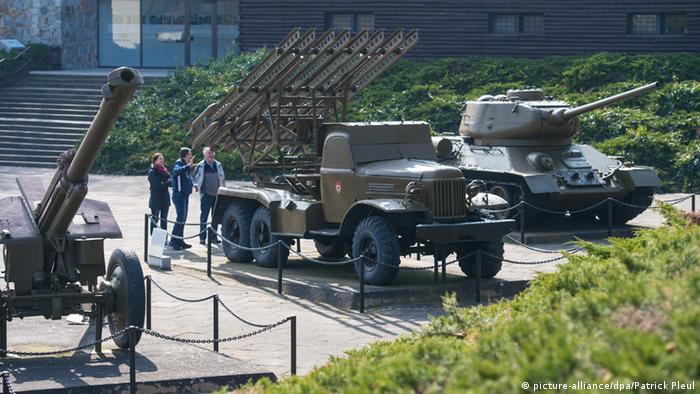 In the footsteps of the liberators
In the footsteps of the liberators In the footsteps of the liberators
In the footsteps of the liberators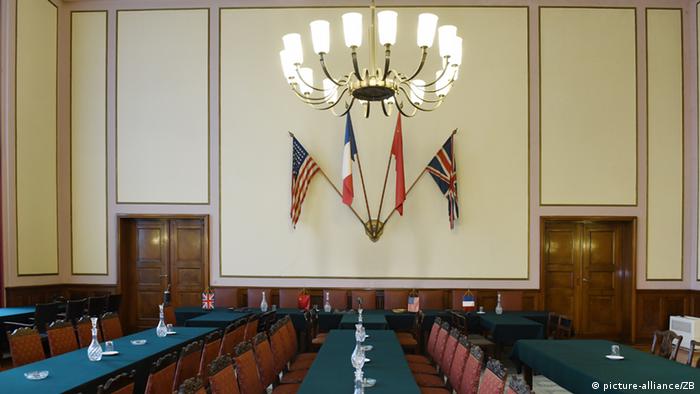 In the footsteps of the liberators
In the footsteps of the liberators In the footsteps of the liberators
In the footsteps of the liberators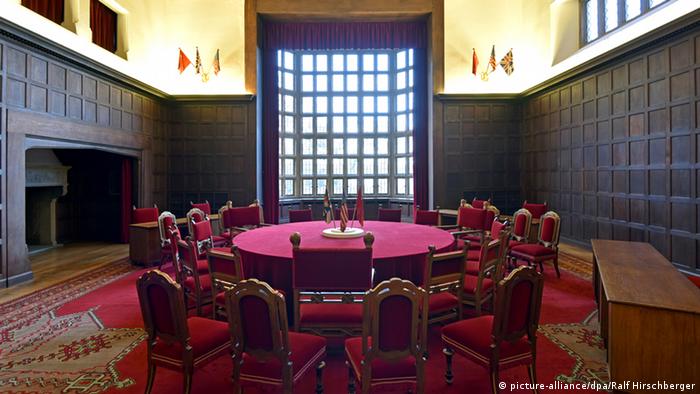 In the footsteps of the liberators
In the footsteps of the liberators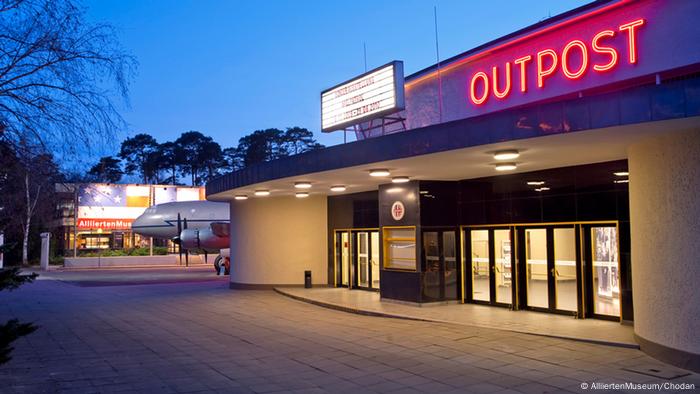 In the footsteps of the liberators
In the footsteps of the liberators In the footsteps of the liberators
In the footsteps of the liberators